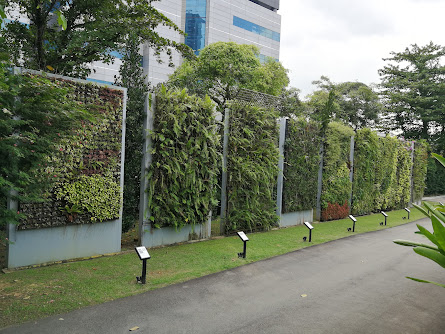 |
| Asphalt roads, brick and steel buildings, and a lack of greenery in cities - the concrete jungle exacerbates environmental heating |
by Mateja Mihinjac
We have written on several occasions about food deserts and its counterpart, food oases. The contrast between the two signifies easy access to fresh food options on one extreme and lack of access on the other. Individuals and neighbourhoods of lower socio-economic status are likely to be in the latter group.
Now a similar concept – energy poverty – has emerged that similarly highlights the disparity in access to energy resources between poorer and richer countries, neighbourhoods, and individuals.
ENERGY POVERTY
The European Commission writes: “Energy poverty occurs when energy bills represent a high percentage of consumers' income, or when they must reduce their household's energy consumption to a degree that negatively impacts their health and well-being.”
Causes of energy poverty include three factors: low income, high energy needs due to inefficient housing, and high energy prices.
 |
| Colourful water features in urban areas provide a cooling and refreshing break from summer heat |
The topic of energy access has become a policy agenda across Europe during the energy crisis that was triggered by a post-COVID recession and the Russian invasion of Ukraine. Estimates show that between 50 and 125 million people in the EU are energy poor.
This has worsened during winter months due to a surge in energy costs and, as a result, EU member states were instructed to reduce energy consumption. Clearly, environmental threats are embedded in the livability of our future and present neighborhoods.
SUMMERTIME ENERGY POVERTY
The issue of energy poverty is now a hot topic of public discourse following months of summer heatwaves along the Mediterranean region of Europe, especially concerning reduced access to cooling in homes. According to the Institute for Spatial Policies “The cooling and comfort in public and private spaces during summer months have to be recognised as important aspects of the current understanding of energy poverty and have to be considered when adopting new measures and policies.”
 |
| Third-Generation CPTED includes environmental sustainability Living/green walls help to cool streets and provide a respite from heat and concrete |
Urban areas are prone to overheating during the summer months due to their structure, paved roads, lack of greenery, and the increasing number of vehicles. Moreover, the elderly, isolated individuals, and single-parent families are amongst those most affected.
Summertime energy poverty is a particular threat because it creates unhealthy living conditions and directly affects those most vulnerable such as the elderly, children, and those with preexisting conditions. While energy poverty is no longer a concept limited to developing and poorer countries, there is a higher risk in those countries that are unable to produce sufficient food or manufacture essential products.
THE FUTURE
Undoubtedly, countries should tackle the issue of energy crisis by commonly proposed measures such as the kinds of strategies we describe in 3rd Generation CPTED, such as integrating more green urban spaces and street vegetation in its urban environment, designing energy-efficient buildings and refurbishing existing buildings while utilising renewable sources of energy.
 |
| Well-designed and safe urban parks - A response to climate change from the past |
In SafeGrowth social sustainability also plays a crucial role, especially during unpredictable times where environmental, political, and health events have become a new normal. Governments respond to these crises with emergency preparedness programs. We believe that emergency preparedness needs to be anchored within the neighbourhood itself – amongst the residents who collectively take preventive actions before, during, and after the crises.
To tackle the summer energy crisis perhaps one response might be pooling resources to help one another and organise “cool places” for those in need. Or the residents could work together to work towards renewable energy self-sufficiency for the neighbourhood thus building energy oases. Such collective action offers the potential for taking steps against the climate crisis as well as for building resilience once the crises have emerged.
Environmental sustainability is the path to high-quality neighbourhoods and livable cities in the years ahead.






